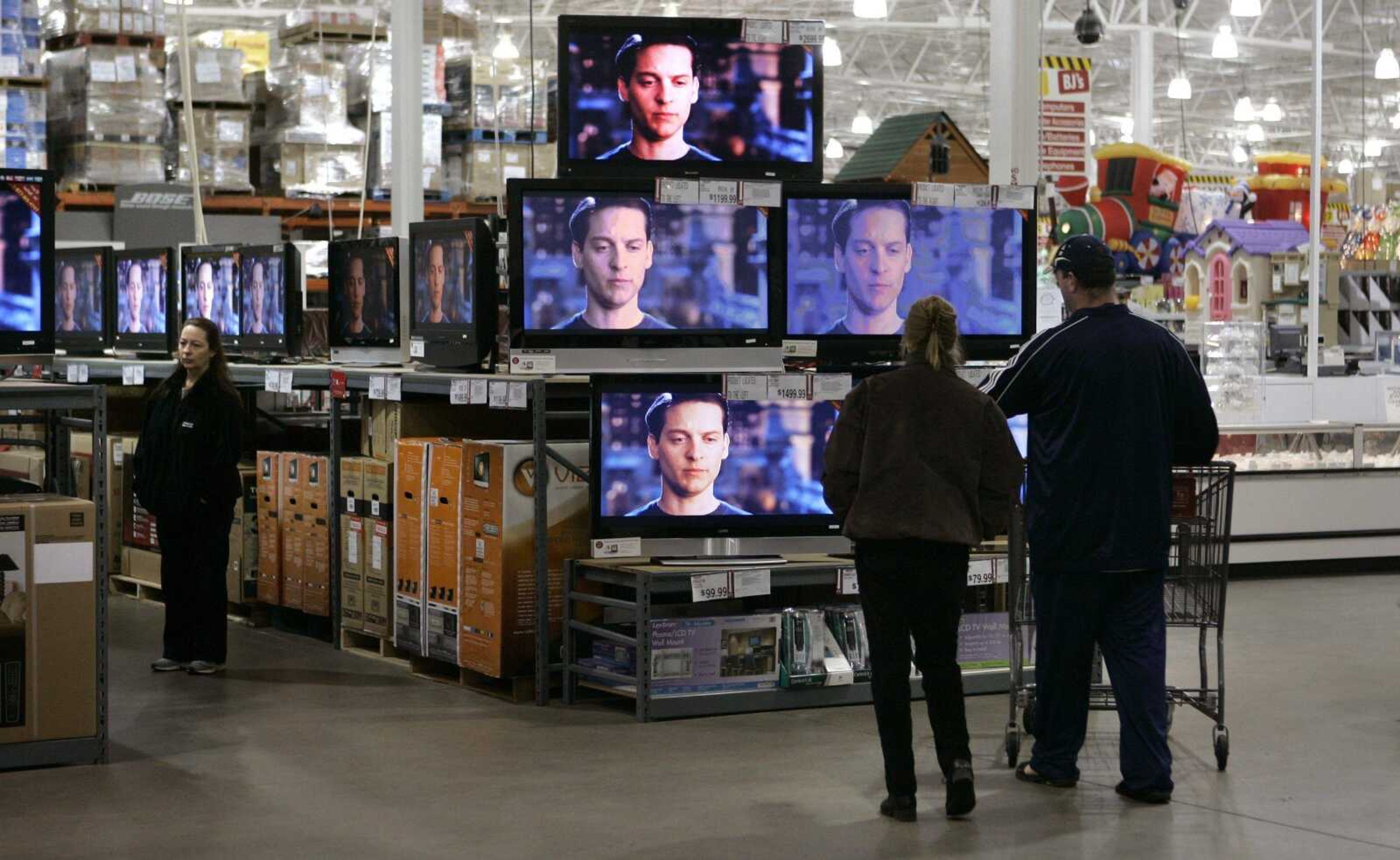Factory orders edge upward
WASHINGTON -- U.S. factories saw orders for costly manufactured goods rise only marginally in November -- falling short of expectations for a much bigger gain and underscoring the strains on the economy from housing and credit problems. The Commerce Department reported Thursday that orders for "durable" goods -- products expected to last at least three years -- increased by just 0.1 percent last month. ...
WASHINGTON -- U.S. factories saw orders for costly manufactured goods rise only marginally in November -- falling short of expectations for a much bigger gain and underscoring the strains on the economy from housing and credit problems.
The Commerce Department reported Thursday that orders for "durable" goods -- products expected to last at least three years -- increased by just 0.1 percent last month. The tiny rise came after durable-goods orders fell by 0.4 percent in October. Economists were hoping for a larger rebound -- a 2.2 percent increase -- in new orders placed at the nation's factories in November. Still, the November rise marked the first increase in durable-goods orders in the last four months.
In other economics news, more people signed up for unemployment benefits last week, a sign that the job market is softening as the economy loses speed.
The Labor Department reported that new applications for unemployment insurance rose by a seasonally adjusted 1,000 to 349,000. Economists had expected new filings for jobless benefits to dip to around 340,000 for last week.
"Now that business spending is also losing momentum, the risk of recession is mounting," said Michael Gregory, economist at BMO Capital Markets Economics.
Meanwhile, a report from the Conference Board indicated consumers grew slightly more confident in December despite underlying concerns about the country's economic health. The board's Consumer Confidence Index rose to 88.6 in December, from 87.8 in November. It was the first increase since July.
On Wall Street, though, the disappointing increase in durable-goods orders pulled stocks lower. The Dow Jones tumbled 192.08 points by the end of the day's trading.
In the factories report, a category that excludes volatile orders for transportation equipment, showed demand for all other costly manufactured goods fell by 0.7 percent in November. It marked the second straight monthly decline.
Orders for machinery, computers and electronic products, communications equipment, defense aircraft and fabricated metal products all posted declines in November. However, those losses were more than offset by gains in demand for electrical equipment and appliances, automobiles, commercial airplanes and primary metals, including steel. That led to the small rise in overall durable-goods orders in November.
Demand for capital goods, excluding aircraft -- a category considered a good proxy for business investment -- fell by 0.4 percent in November. It was the second month in a row that this category posted a decline.
Nigel Gault, economist at Global Insight, pointed to this drop as an indication of "increased caution among businesses as financial conditions tighten and the economy slows." With jobless claims drifting higher, "it seems that businesses are becoming more cautious on both capital spending and hiring," he added.
The economy, which logged its best growth in four years during the summer, probably slowed sharply to a pace of just 1.5 percent or less in the October-to-December quarter, according to analysts' projections. The sour housing market is expected to weigh on overall economic activity well into next year. Housing and credit problems have raised the odds the economy could slip into a recession.
To prevent that, the Federal Reserve has cut a key interest rate three times this year. The last cut, on Dec. 11, dropped the key rate to 4.25 percent, a two-year low. The Fed meets next in late January, and many economists believe rates will be lowered then.
One of the economy's brighter spots has been a pickup in sales of U.S. goods and services to foreign buyers. A drop in the value of the U.S. dollar, relative to other currencies, bolstered U.S. exports. Those brisk sales were a key factor behind the economy's stellar growth in the summer.
Connect with the Southeast Missourian Newsroom:
For corrections to this story or other insights for the editor, click here. To submit a letter to the editor, click here. To learn about the Southeast Missourian’s AI Policy, click here.









